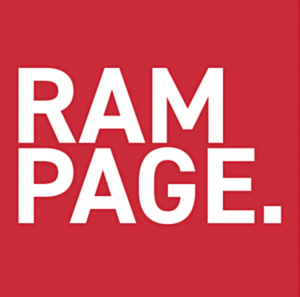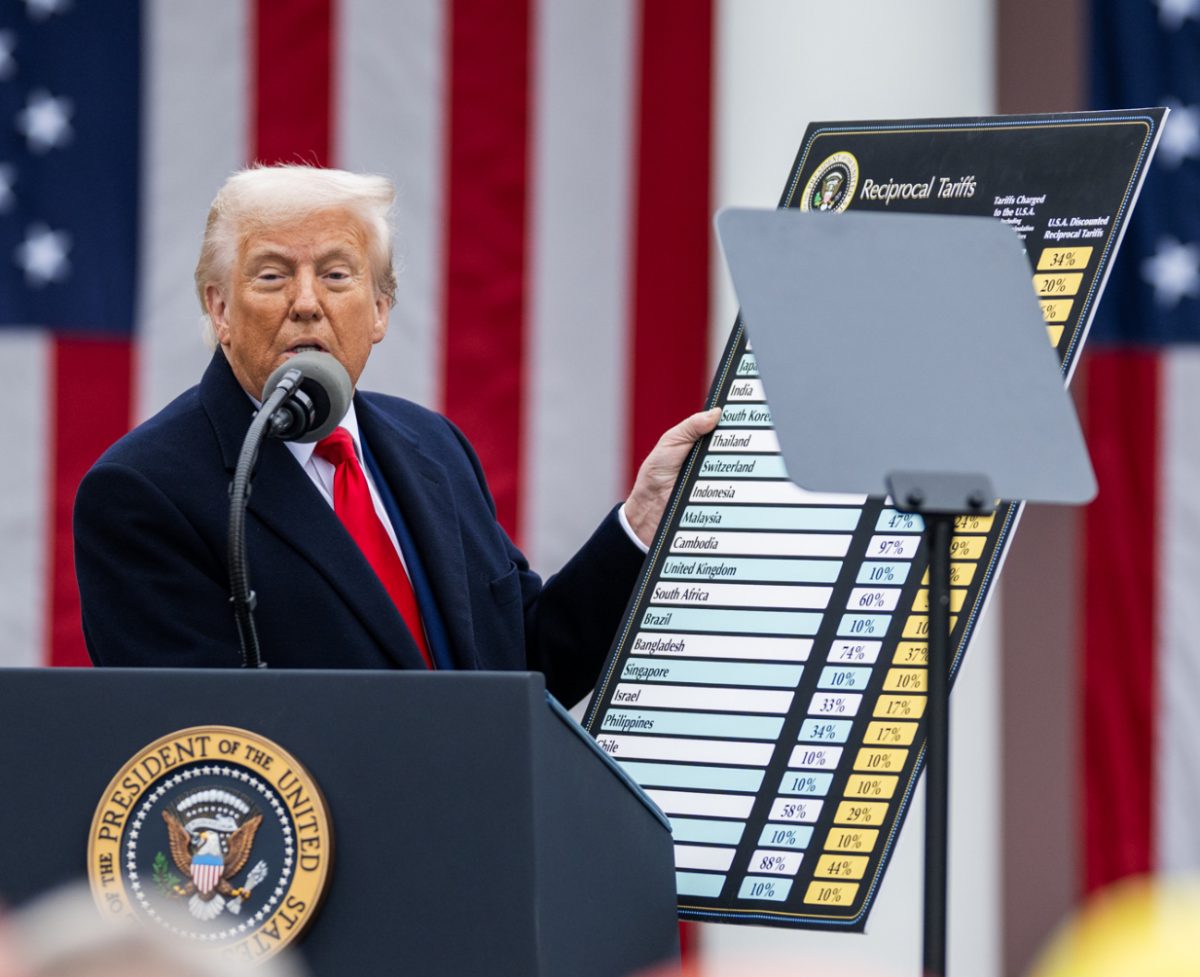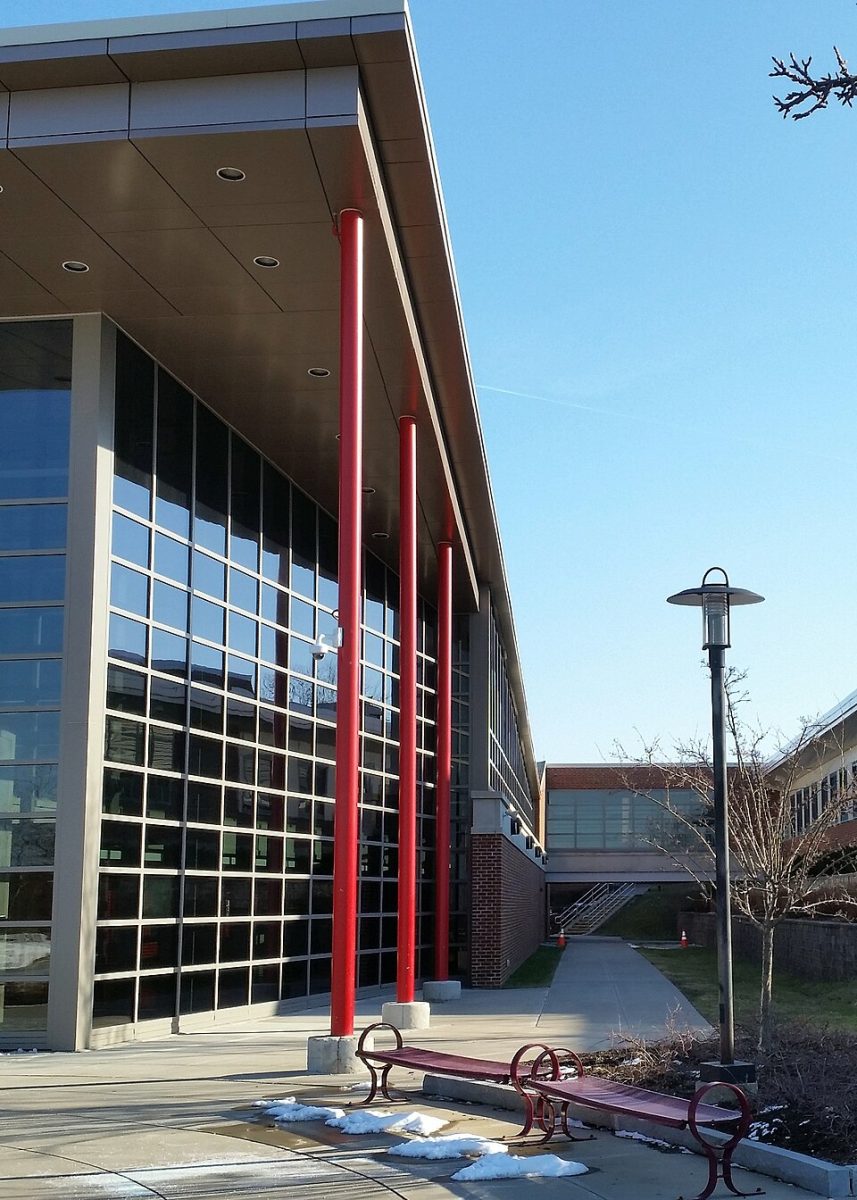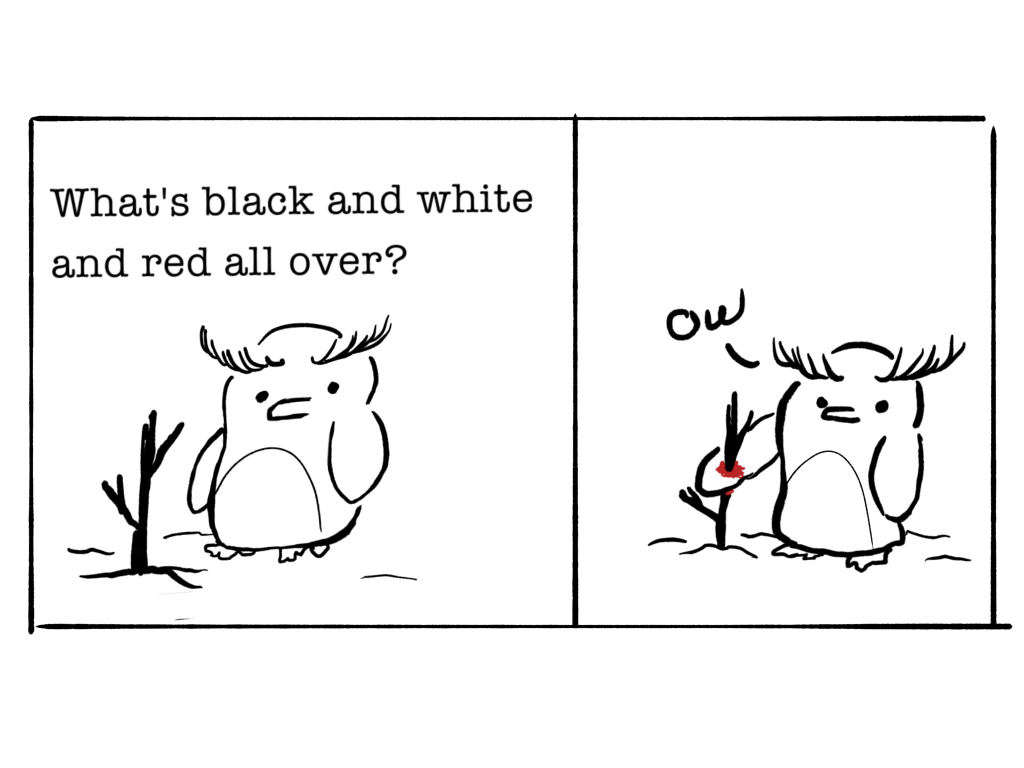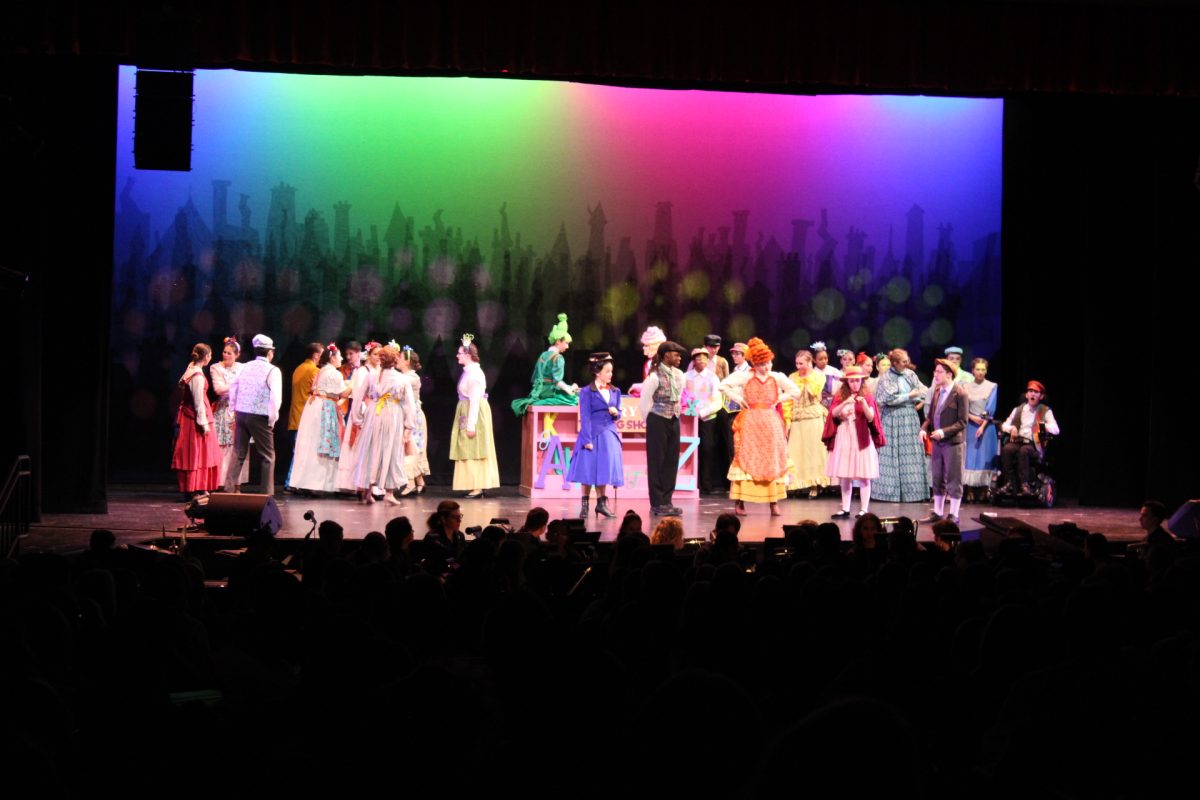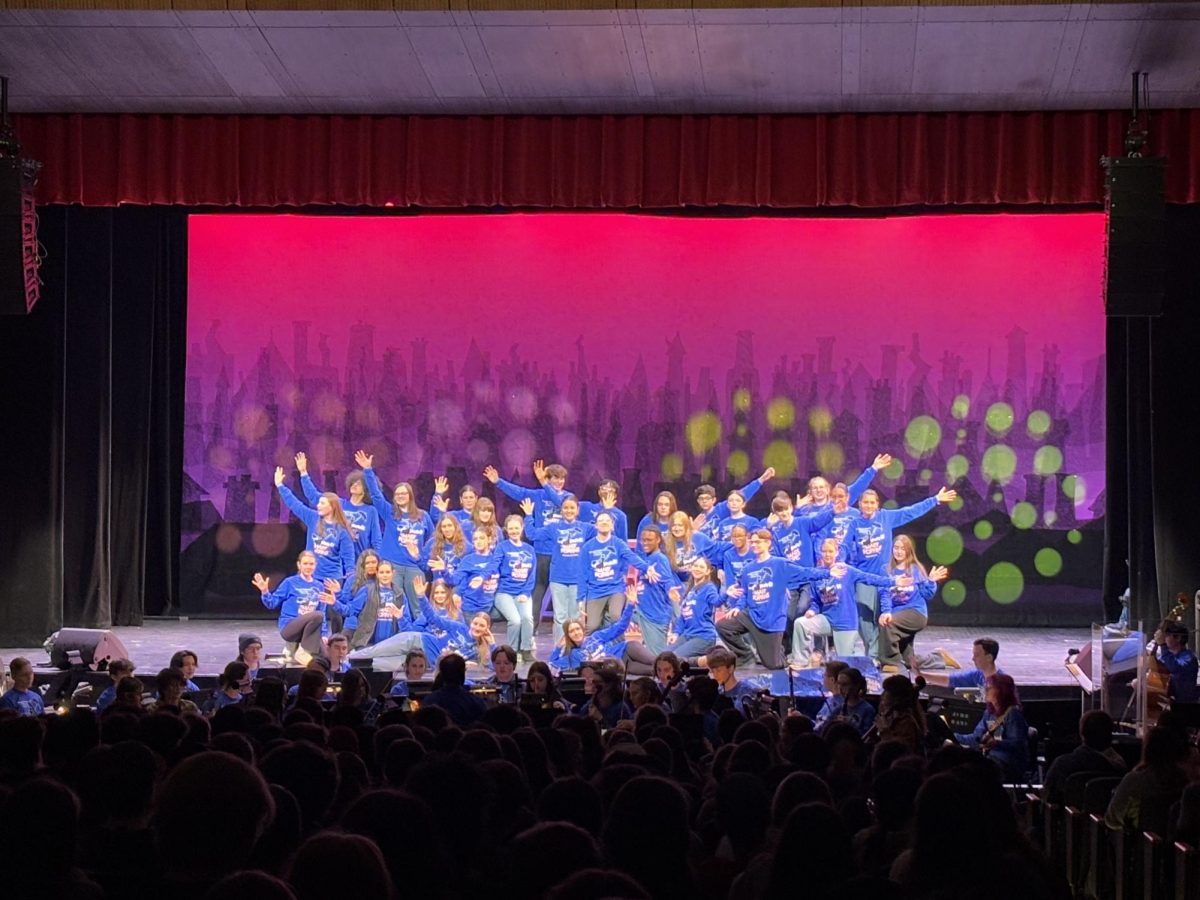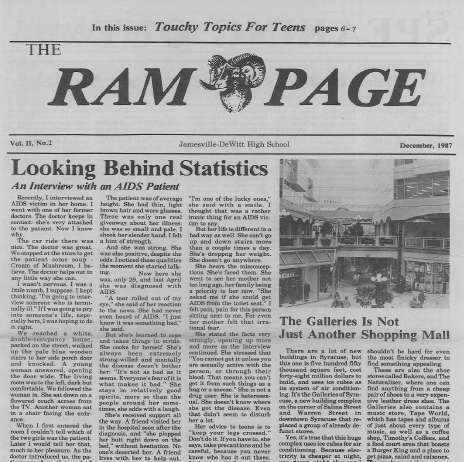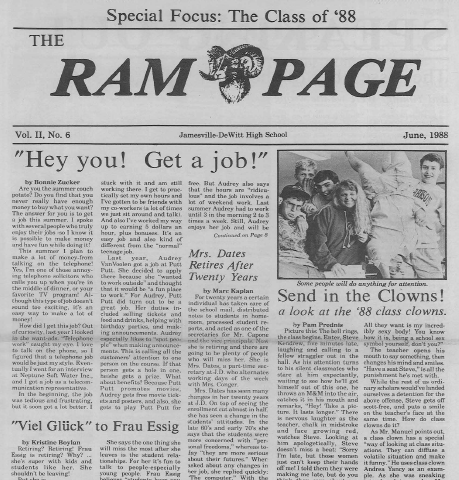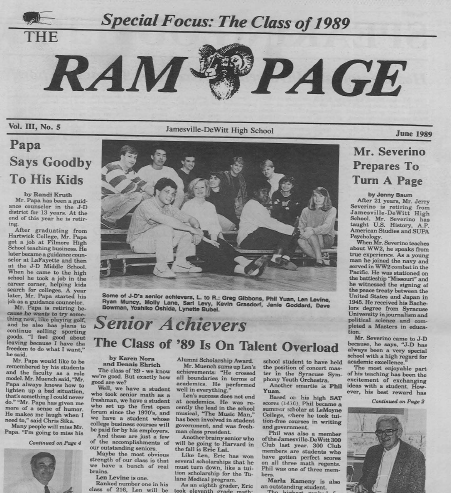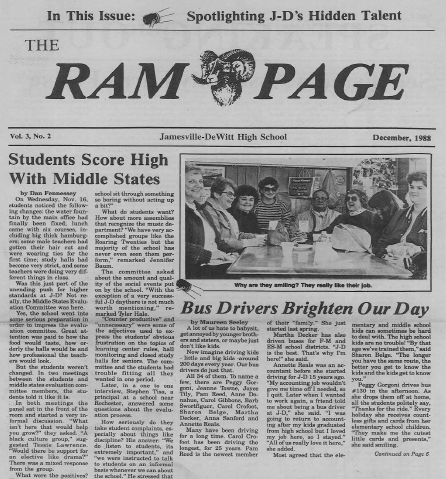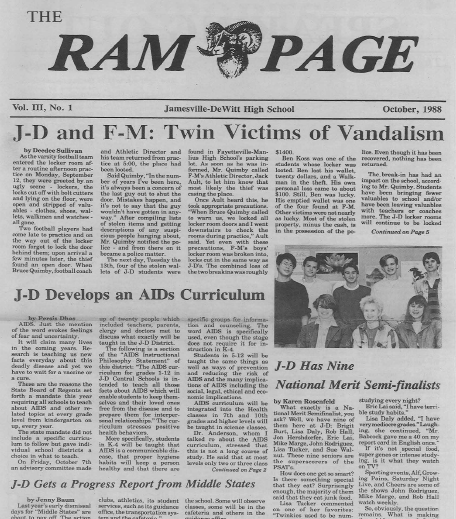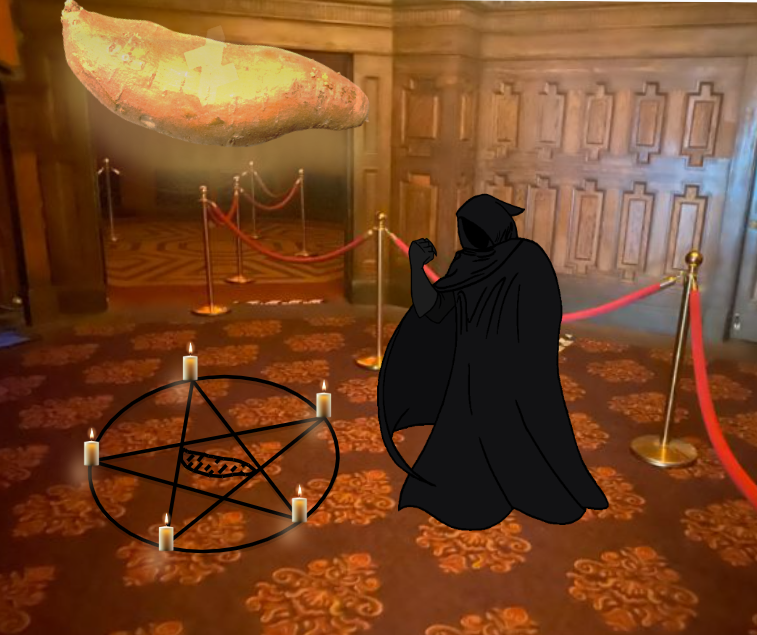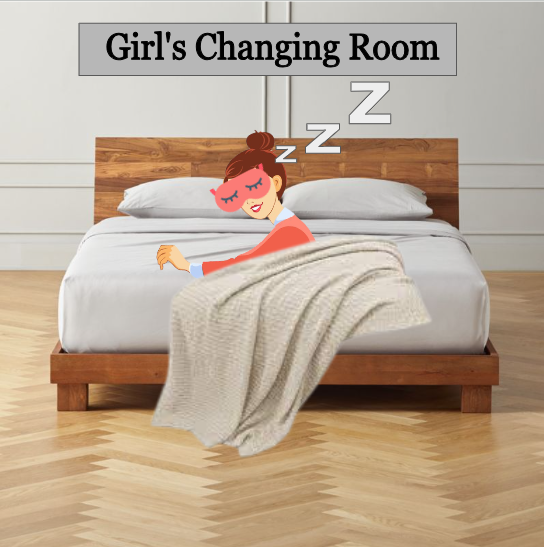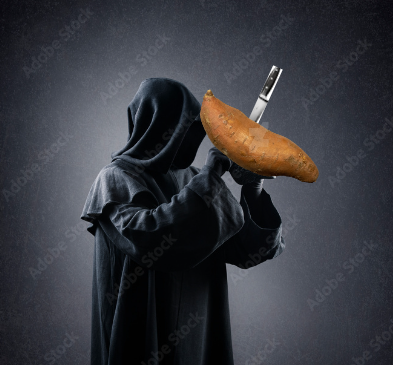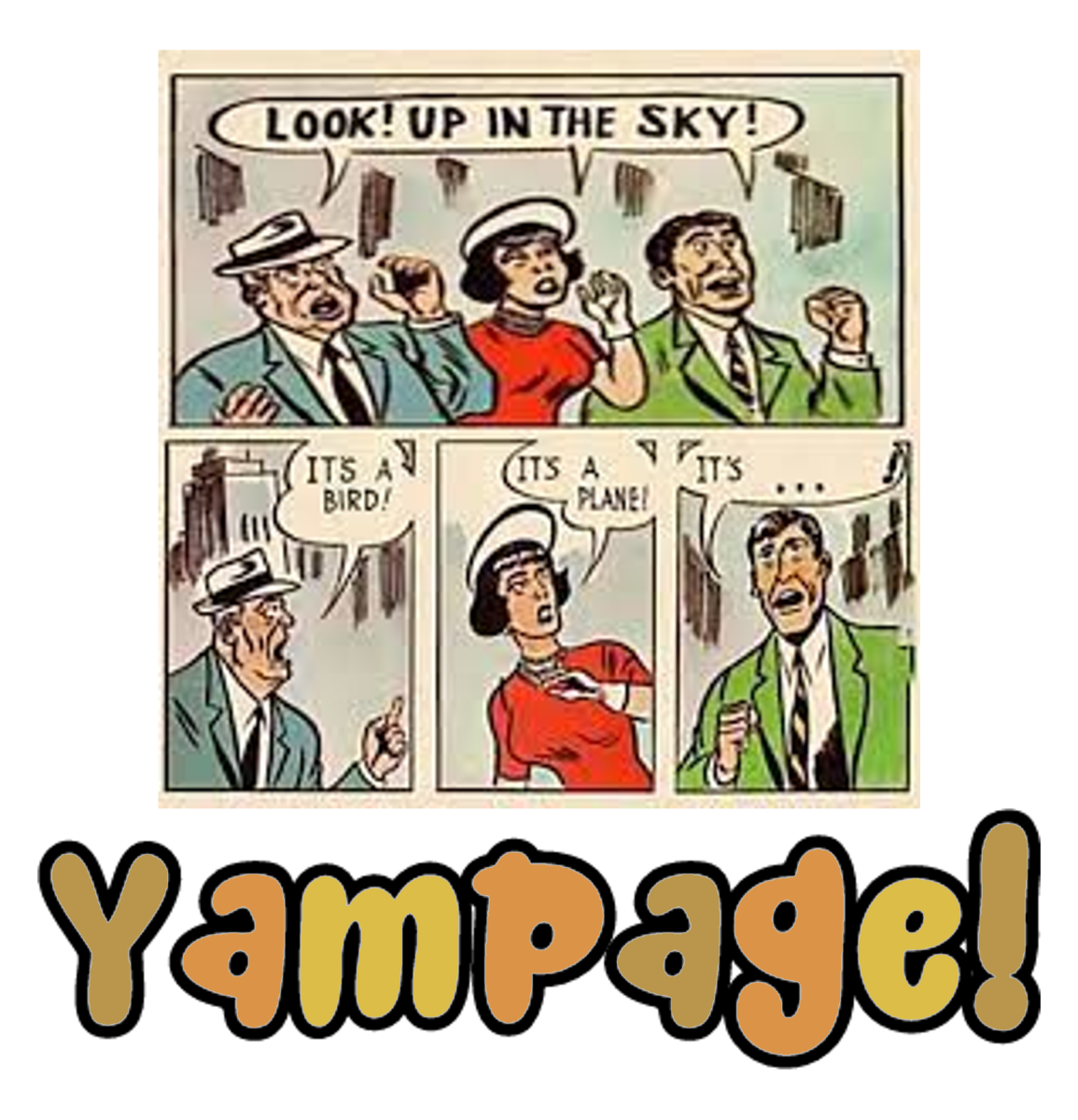Lucas Bort and Reinaldo Colon
Staff Writers

Since the Girls Who Code program started in 2012, it has reached 90,000 girls. With these numbers increasing, the gender gap between men and women in STEM careers has been closing. Although Jamesville-DeWitt High School is no longer affiliated with the Girls Who Code program, J-DHS has created their own version called The Girls Coding Club.
There are various reasons why girls have chosen to join the Girls Coding Club. Senior Rebecca Teitelbaum joined after taking Intro to Computer science and AP Computer Science in past years. Teitelbaum said the club the gave her the opportunity to learn more in depth coverage of coding. Like Teitelbaum, senior Amanda Sumida joined after taking computer science classes in past years. “I took computer science and AP Computer Science in my freshmen and sophomore years so when they started the Girls Coding club I thought it would be a good idea to be around other girls who were also doing coding,” said Sumida.
The Girls Coding Club has had a huge effect on the girls who have joined. “It has given me an opportunity to see real world applications of coding,” said Teitelbaum. Teitelbaum said one opportunity that came from her involvement in the club was when she was able to see the JD server system. The club has also helped students make new friends. With the program being for girls in grades 7-12, the girls get to meet others of different ages who share the same interests. Freshman Alli Good has made friends with some of the seventh graders from J-DMS.
Although the Girls Coding Club has done a lot of work to get more girls interested in coding, participation has declined. This has also shown up in math teacher Jay Lang’s AP Computer Science class, which has three girls in it compared to the 17 boys in the class. “We had a good fall semester, but the spring really dwindled down,” said librarian Mary Panek.
Although Lang’s AP Computer Science class is low on girls, his Intro to Computer Science class has one of the best boy-to-girl ratios he has ever had at 50:50. “I think that Girls Who Code is making strides, especially since it is only a couple years old and most of the girls in my intro class are freshmen,” said Mr. Lang.
In the past, computer science and coding had been mostly male dominated. “I don’t think it’s tougher (for a girl in coding), I just think it takes a certain personality and sometimes girls just don’t have that personality,” said Sumida. Lang, who is experienced in the career of coding, said that part of this might have been due to a lot of the curriculum being based on mostly male interests. But now, more girls are starting to join in. Next year, J-DHS is adding a new course, AP Computer Science Principles which Mr. Lang says will be more friendly to both genders.
Mr. Lang, who worked for a consulting company for five years before becoming a teacher, said that there were hardly any female coders during his time there. “I can probably count on one hand, how many (female coders) I worked with, (but) that is hopefully, I think changing,” said Mr. Lang.
There are a few volunteers that help make the Girls Coding Club possible here at J-DHS. As the adviser, Ms. Panek does the coordination between marketing and getting the word out that the club exist. She also is in charge of setting up the time for the students and the instructors.
All three instructors of the Girls Coding Club are students at Le Moyne university. Miranda Ryan, one of the student instructors, has been involved with coding since middle school. She is currently majoring in computer science and is in her first year of teaching the Girls Coding Club. “Our role as students instructors is to give middle and high school students fun and exciting projects,” said Ryan.
Most of the girls plan on using their coding skills in the future whether it is for future classes, college, and possibly in a career. Then, a new wave of students will come in and join the club and help decrease the gender gap in coding. “Things are changing pretty big…we’re gonna see over the next few years a lot more girls in coding in high school and thats gonna translate to college and hopefully that translates to careers,” said Mr. Lang.
